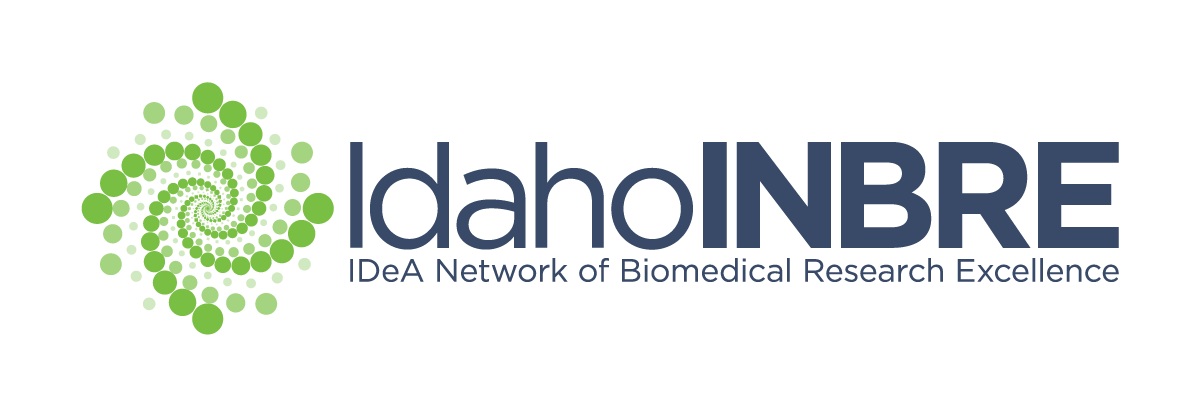
- Name: Joel Perry, Ph.D.
- Institution: University of Idaho
- Department: Mechanical Engineering
- Phone: 208-885-2144
- Email: jperry@uidaho.edu
- Website: https://www.uidaho.edu/engr/departments/me/our-people/faculty/joel-perry
Summary: At the Assistive Robotics Lab, our research focus is on understanding and improving function in the arm and hand in order to promote recovery from neurological impairments. One of the largest contributors to long-term impairment of arm and hand function is stroke (15 million annually worldwide), but impairment can also result from many other conditions such as spinal cord injury, multiple sclerosis, or surgery.
The Assistive Robotics Lab develops and evaluates robotics and wearable exoskeletons for assessment, training, and functional assistance. We measure aspects of biomechanical and neurological performance including kinematics (position, speed, acceleration) and kinetics (force and torque), as well as electrophysiological performance through electromyography (EMG from muscles) and electroencephalography (EEG from brain signals). We design mechanical solutions to support human movement and develop control systems to conduct movements safely.
In a nutshell, our goals are to better understand sources of impairment and then apply that knowledge to create tools that promote use and recovery.
Minimum Courses: A general understanding of at least ONE of the following topics with basic coursework complete: human anatomy/physiology, mechanical design/CAD (ME290), control system design, data processing and statistical analyses.
Projects: This summer we plan to have two projects under development.
1. Wearable Exoskeleton – during the school year, we will be redesigning a set of lightweight exoskeletons for the shoulder and wrist and then begin clinical testing on individuals with arm impairment in order to compare arm and hand function with and without the assistance. After clinical testing, we will build additional prototypes customized for individuals to use at home for up to a week and use wearable activity trackers to compare assisted (with device(s)) vs. unassisted (without device(s)) arm use at home.
2. Blue Sabino – over the past 8 years, we have built a bilateral robotic exoskeleton arm system for precise movements and measurements in the shoulder, elbow, and wrist. We will be using this system to measure the acuity of human proprioception (i.e., one’s self-awareness of body position, orientation, and movement in space). We will create a normative database that quantifies age-related decline of proprioception and the effects of proprioceptive training on its preservation and restoration.



